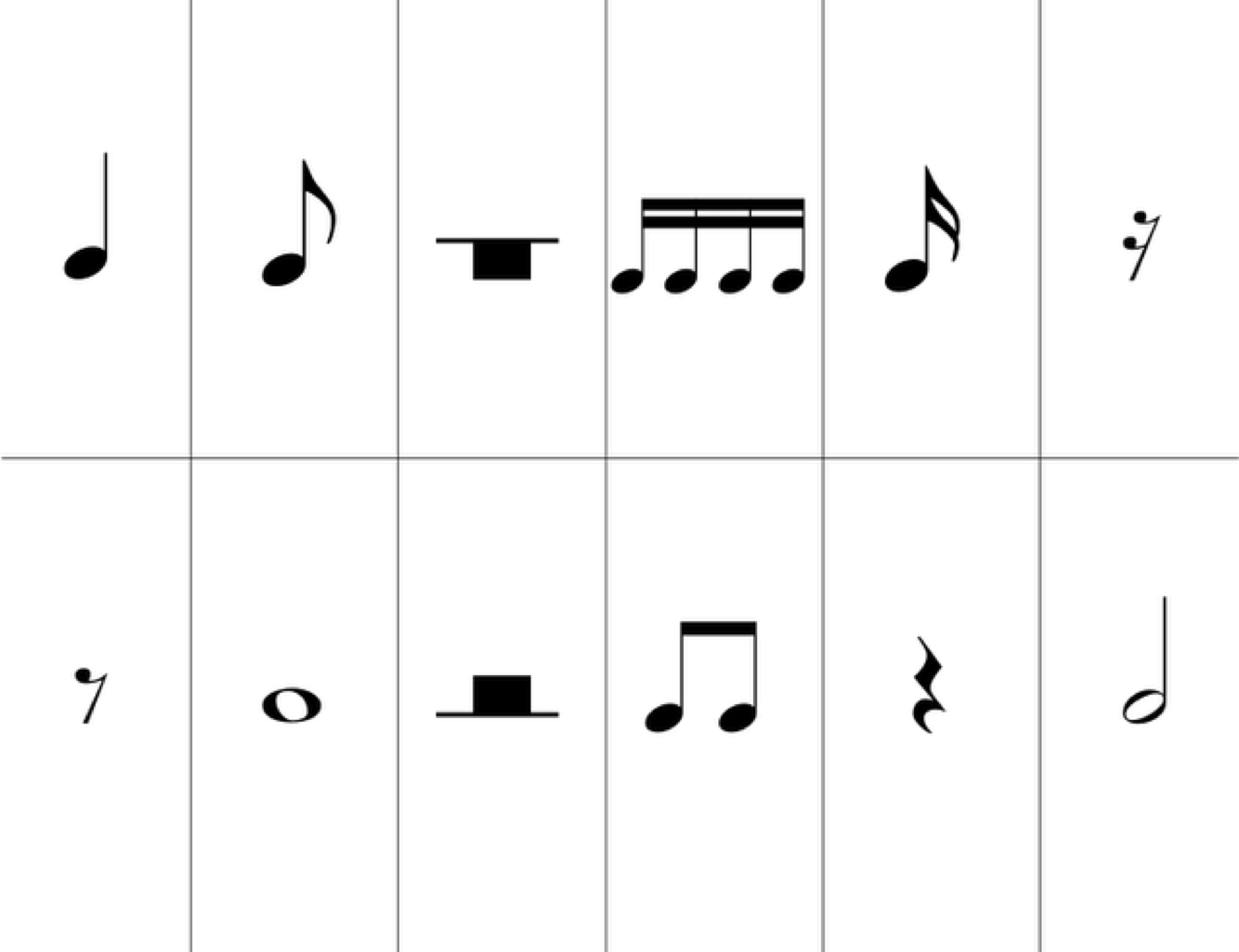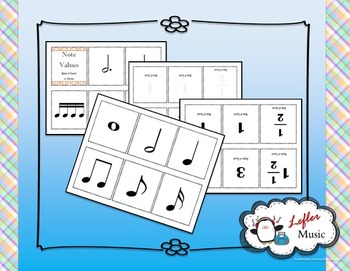

#Music math flash card note value software#
Furthermore, Sony would also be the sole benefactor of licensing related to music and film software that it had been aggressively pursuing as a secondary application. Under the agreement, Sony would retain sole international rights to every Super Disc title sold, giving the company a large degree of control despite Nintendo's leading position in the video gaming market. This iteration was intended to be more of a home entertainment system, playing both SNES cartridges and a new CD format named the "Super Disc", which Sony would design. Although the initial agreement between Nintendo and Sony was about producing a CD-ROM add-on, Sony had also planned to develop a SNES-compatible Sony-branded console. Having been the primary manufacturer of the ill-fated MSX home computer format, Sony had wanted to use their experience in consumer electronics to produce their own video game hardware.

Sony was keen to obtain a foothold in the rapidly expanding video game market. Since Sony was already contracted to produce the SPC-700 sound processor for the SNES, Nintendo contracted Sony to develop a CD-ROM add-on, tentatively titled the "Play Station" or " SNES-CD". Nintendo had produced floppy disk technology to complement cartridges in the form of the Family Computer Disk System, and wanted to continue this complementary storage strategy for the SNES. The inception of the PlayStation dates back to a 1988 joint venture between Nintendo and Sony. Although Kutaragi was nearly fired because he worked with Nintendo without Sony's knowledge, president Norio Ohga recognised the potential in Kutaragi's chip and decided to keep him as a protégé. His willingness to work with Nintendo derived from both his admiration of the Famicom and conviction in video game consoles becoming the main home-use entertainment systems. Kutaragi convinced Nintendo to use his SPC-700 sound processor in the Super Nintendo Entertainment System (SNES) through a demonstration of the processor's capabilities. Kutaragi's interest in working with video games stemmed from seeing his daughter play games on Nintendo's Famicom. The PlayStation was conceived by Ken Kutaragi, a Sony executive who managed a hardware engineering division and was later dubbed "the Father of the PlayStation". In the same year, Sony released a smaller and cheaper model, the PS One.Ī photo of the only known SNES-based PlayStation prototype The PlayStation's success led to a line of successors, beginning with the PlayStation 2 in 2000. Its use of compact discs heralded the game industry's transition from cartridges. It received acclaim and sold strongly in less than a decade, it became the first computer entertainment platform to ship over 100 million units. The PlayStation signalled Sony's rise to power in the video game industry. A total of 3,061 PlayStation games were released, with cumulative sales of 967 million units. PlayStation games continued to sell until Sony ceased production of the PlayStation and its games on 23 March 2006-over eleven years after it had been released, and less than a year before the debut of the PlayStation 3. Premier PlayStation franchises included Gran Turismo, Crash Bandicoot, Tomb Raider, and Final Fantasy, all of which spawned numerous sequels. The console proved popular for its extensive game library, popular franchises, low retail price, and aggressive youth marketing which advertised it as the preferable console for adolescents and adults.

PlayStation game production was designed to be streamlined and inclusive, enticing the support of many third-party developers. An emphasis on 3D polygon graphics was placed at the forefront of the console's design. The console was primarily designed by Ken Kutaragi and Sony Computer Entertainment in Japan, while additional development was outsourced in the United Kingdom. Sony began developing the standalone PlayStation after a failed venture with Nintendo to create a CD-ROM peripheral for the Super Nintendo Entertainment System in the early 1990s. As a fifth-generation console, the PlayStation primarily competed with the Nintendo 64 and the Sega Saturn. It was released in Japan on 3 December 1994, in North America on 9 September 1995, in Europe on 29 September 1995, and in Australia on 15 November 1995.

The PlayStation (abbreviated as PS, commonly known as the PS1/PS one or its codename PSX) is a home video game console developed and marketed by Sony Computer Entertainment. PlayStation controller, PlayStation Analog Joystick, Dual Analog Controller, DualShock


 0 kommentar(er)
0 kommentar(er)
